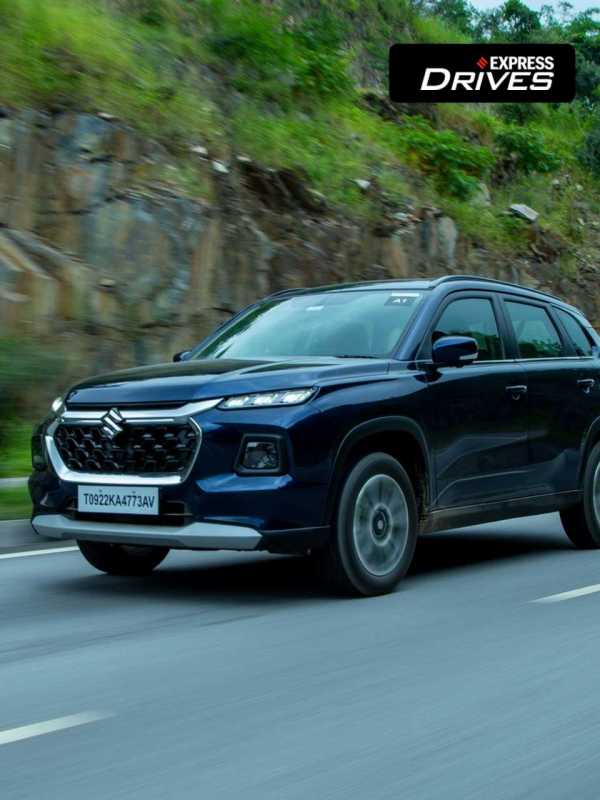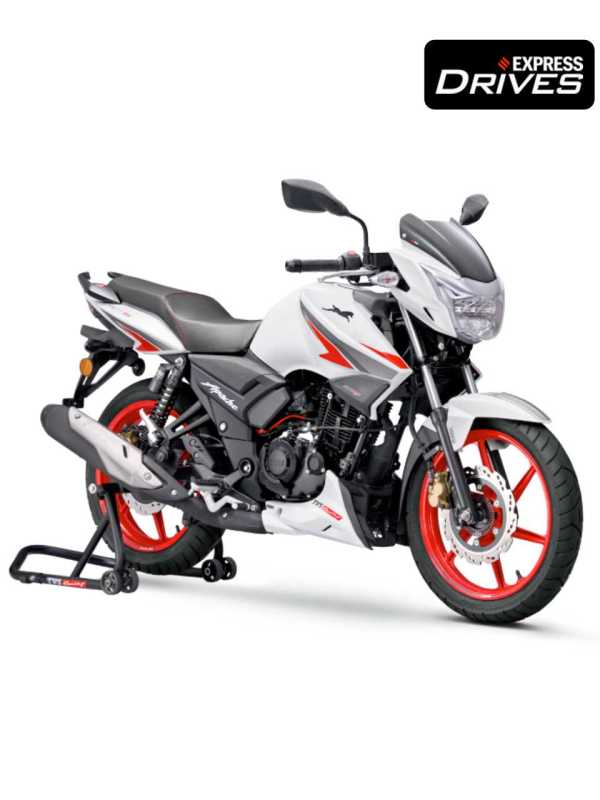The sales of automobiles in India for December 2023 and CY2023 closed in the green across product segments. As per data released by the Federation of Automobile Dealers Association (FADA) a total of 19,90,915 vehicles were registered across categories last month, which translates to a growth of 21.14 percent YoY.
Interestingly, the electric rickshaw and tractor segment were the only segments to have registered a growth over the festive-led sales in November 2023.
For CY2023, the retail sales came at 2,38,67,990 units, up 11.05 percent YoY.
Manish Raj Singhania, President, FADA said, “In the two-wheeler category, key drivers included an abundance of marriage dates and the distribution of harvest payments to farmers, which enhanced purchasing power. Additionally, the availability of a wide range of models and variants, coupled with favourable weather conditions and a generally positive market sentiment, contributed to this robust growth. Enhanced product acceptance, particularly among the youth, and lucrative financial options, coupled with the anticipation of price increases in January 2024, spurred purchases.”
| CATEGORY | DEC’23 | DEC’22 | YoY% | NOV’23 | MoM% |
| Two-wheelers | 14,49,693 | 11,36,465 | 27.56% | 22,47,366 | -35.49% |
| Three-wheelers | 95,449 | 69,976 | 36.40% | 99,890 | -4.45% |
| E-RICKSHAW(P) | 45,108 | 30,936 | 45.81% | 41,708 | 8.15% |
| E-RICKSHAW WITH CART (G) | 3,688 | 1,965 | 87.68% | 3,201 | 15.21% |
| THREE WHEELER (GOODS) | 9,048 | 7,809 | 15.87% | 9,862 | -8.25% |
| THREE WHEELER (PASSENGER) | 37,522 | 29,225 | 28.39% | 45,024 | -16.66% |
| THREE WHEELER (PERSONAL) | 83 | 41 | 102.44% | 95 | -12.63% |
| Passenger vehicles | 2,93,005 | 2,85,429 | 2.65% | 3,60,431 | -18.71% |
| Tractors | 78,872 | 78,700 | 0.22% | 61,969 | 27.28% |
| Commercial vehicles | 73,896 | 72,944 | 1.31% | 84,586 | -12.64% |
| LCV | 41,804 | 42,925 | -2.61% | 48,322 | -13.49% |
| MCV | 4,808 | 4,305 | 11.68% | 5,276 | -8.87% |
| HCV | 23,050 | 22,847 | 0.89% | 26,690 | -13.64% |
| Others | 4,234 | 2,867 | 47.68% | 4,298 | -1.49% |
| Total | 19,90,915 | 16,43,514 | 21.14% | 28,54,242 | -30.25% |
| Source: FADA Research |
He further stated that the CV segment experienced positive growth as increased industrial activity and infrastructure development continued to fuel demand for M&HCVs.
The demand for buses benefited particularly due to tourism and transportation, aided by orders from various state transport departments. Additionally, robust liquidity in rural areas and the financial boost from crop sales supported customer purchases, although retail cases remained somewhat subdued despite some pre-buying in bulk.
The passenger vehicle segment continued to see SUVs driving strong demand, with extended waiting periods for key models. This surge was fuelled by aggressive year-end promotions and the introduction of new models.
| CATEGORY | CY’23 | CY’22 | YoY% |
| Two-wheelers | 1,70,61,112 | 1,55,88,352 | 9.45% |
| Three-wheelers | 10,80,653 | 6,81,812 | 58.50% |
| E-RICKSHAW(P) | 4,74,276 | 3,06,239 | 54.87% |
| E-RICKSHAW WITH CART (G) | 35,202 | 21,900 | 60.74% |
| THREE WHEELER (GOODS) | 1,07,441 | 84,723 | 26.81% |
| THREE WHEELER (PASSENGER) | 4,62,844 | 2,68,344 | 72.48% |
| THREE WHEELER (PERSONAL) | 890 | 606 | 46.86% |
| Passenger vehicles | 38,60,268 | 34,89,953 | 10.61% |
| Tractors | 8,71,627 | 8,13,923 | 7.09% |
| Commercial vehicles | 9,94,330 | 9,18,284 | 8.28% |
| LCV | 5,58,905 | 5,51,010 | 1.43% |
| MCV | 69,271 | 60,444 | 14.60% |
| HCV | 3,22,409 | 2,79,765 | 15.24% |
| Others | 43,745 | 27,065 | 61.63% |
| Total | 2,38,67,990 | 2,14,92,324 | 11.05% |
“However, a significant concern was the high inventory levels, reflecting over-supply. This ongoing issue of high PV inventory, despite a slight decrease by the year’s end, remains a critical area for OEMs to address, emphasising the need for further moderation in inventory management.”
Short-term outlook
The auto dealer body said it maintains a “cautiously optimistic outlook” across the two-wheeler, passenger vehicle and commercial vehicle categories.
It states that the two-wheeler segment is anticipated to see a positive trend post mid-January, with all models available and increased marketing efforts. The upcoming election is expected to stimulate spending in this category. Improved customer sentiment, buoyed by factors like good crop prices and potential fuel price reductions, should enhance demand. Festivals and a robust marriage season are also likely to contribute to increased sales.
For the passenger vehicle segment the focus will be on clearing pending bookings and launching new 2024 models. Despite concerns over high inventory levels and the impact of year-end discounts, positive market sentiments and the introduction of new models are likely to drive growth. However, challenges remain in terms of supply constraints for higher variants and shifting consumer demands towards SUVs.
The commercial vehicle segment is poised for growth with strong demand continuing, especially after mid-January. Good advance bookings and positive market sentiments, coupled with government policies and infrastructural projects, are expected to bolster sales. The passenger carrier segment, in particular, shows promise with increased rural mobility with good highways now in place.
FADA added that the impending Kharmas period, extending from December 16, 2023 to January 15, 2024, is forecasted to bring about a phase of reduced demand. Despite this anticipated slowdown, the industry maintains a stance of cautious optimism, buoyed by the launch of new models which are expected to sustain a high level of market enthusiasm. It is imperative to focus on the effective management of supply and inventory, particularly in the PV category. This strategic approach will be a critical factor in determining the industry’s success during this upcoming period. Furthermore, an increase in the interest rates for auto retail finance could potentially act as a moderating factor in market dynamics.
Long-term outlook
Sharing its views on the long-term scenario for retail sales, FADA expects a positive trajectory across categories.
It anticipates the two-wheeler sector will get a boost from new model launches, especially in the first half of the year, and an overall better economic condition coupled with higher EV participation. Improved customer sentiments, due to factors like lower fuel prices and crop payments to farmers, are likely to drive demand.
The passenger vehicle segment will continue to benefit from new product launches and stable market sentiments. The market is hopeful about improved vehicle availability and demand driven by new models with many OEMs launching their EVs. However, caution should be exercised regarding excess inventory as well as the need to match production with actual market demand.
In terms of commercial vehicle segment, positive outlook is driven by expectations of increased government spending due to elections, infrastructural projects and demand in key industries like coal, cement, and iron ore. The market is also expected to benefit from the replacement of older vehicles.
FADA states that the Indian consumer sentiment, as indicated by the CMIE Index of Consumer Sentiments for December 2023, has shown a remarkable rebound, reaching levels unseen since before the national lockdown in March 2020. This index has now eclipsed the figures last observed in February 2020, just a month prior to the government’s imposition of the lockdown aimed at containing the Covid-19 pandemic. With this resurgence in consumer confidence, the forecast for CY 2024 is decidedly optimistic. Each sector within the auto retail industry is positioned for growth, navigating through the dynamic market conditions. Nonetheless, the pivotal role of meticulous supply and inventory management cannot be overstated. These elements will be key in fully leveraging the positive trends that the new calendar year promises.




















